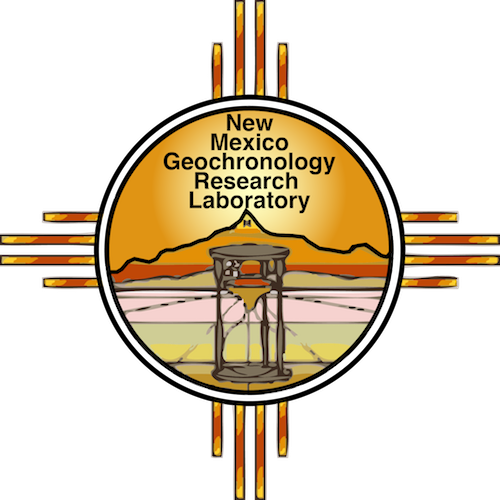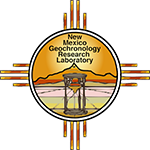
New Mexico Geochronology Research Laboratory

Introduction
Since its establishment in 1993, the New Mexico Geochronology Research Laboratory (NMGRL) has been a research-based facility administered by the New Mexico Bureau of Geology at the New Mexico Institute of Mining and Technology. The NMGRL is on the cutting edge, serving a variety of public and private interests.
As a state-of-the-art laboratory, the NMGRL is dedicated to unraveling the geodynamic processes that have shaped the Earth's history and exploring their geological implications. Leveraging the 40Ar/39Ar method (a derivative of the K-Ar dating technique), our research spans from the Earth's earliest days, approximately 4.6 billion years ago, to events just a few thousand years in the past. This broad temporal scope allows us to address a diverse array of scientific inquiries, including investigations into tectonic and volcanic evolutions, the thermal and uplift history of rocks, magnetic field reversals throughout Earth's history, landscape evolution as well as addressing societal concerns such as volcanic and seismic hazards, and global climate change. On the industrial side, NMGRL collaborates on studies related to petroleum and mining exploration.
A key advancement in our laboratory is the development of detrital sanidine (DS) dating, an innovative technique for determining the age of source rocks and the timing of volcanic or tectonic events shaping sedimentary deposits. DS dating enhances our understanding of provenance, transport history, and regional geological evolution, while also aiding in reconstructing past tectonic movements, basin development, and environmental changes.






